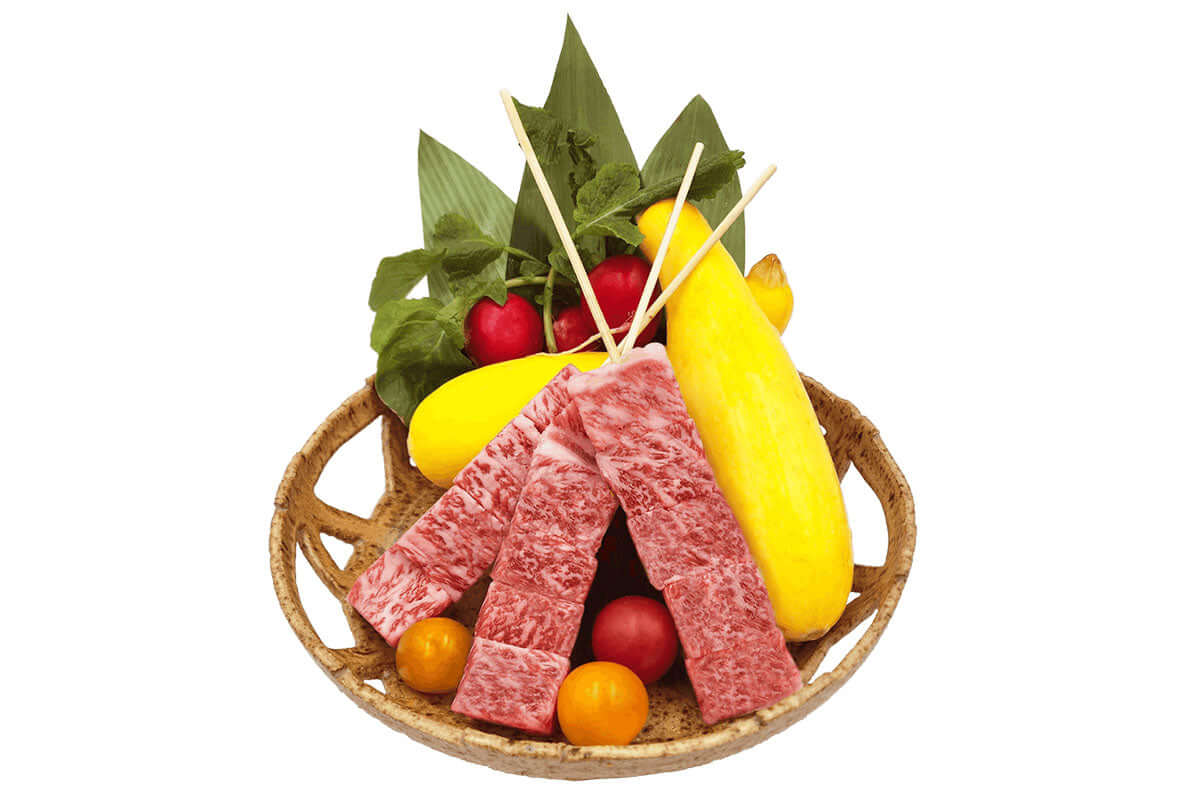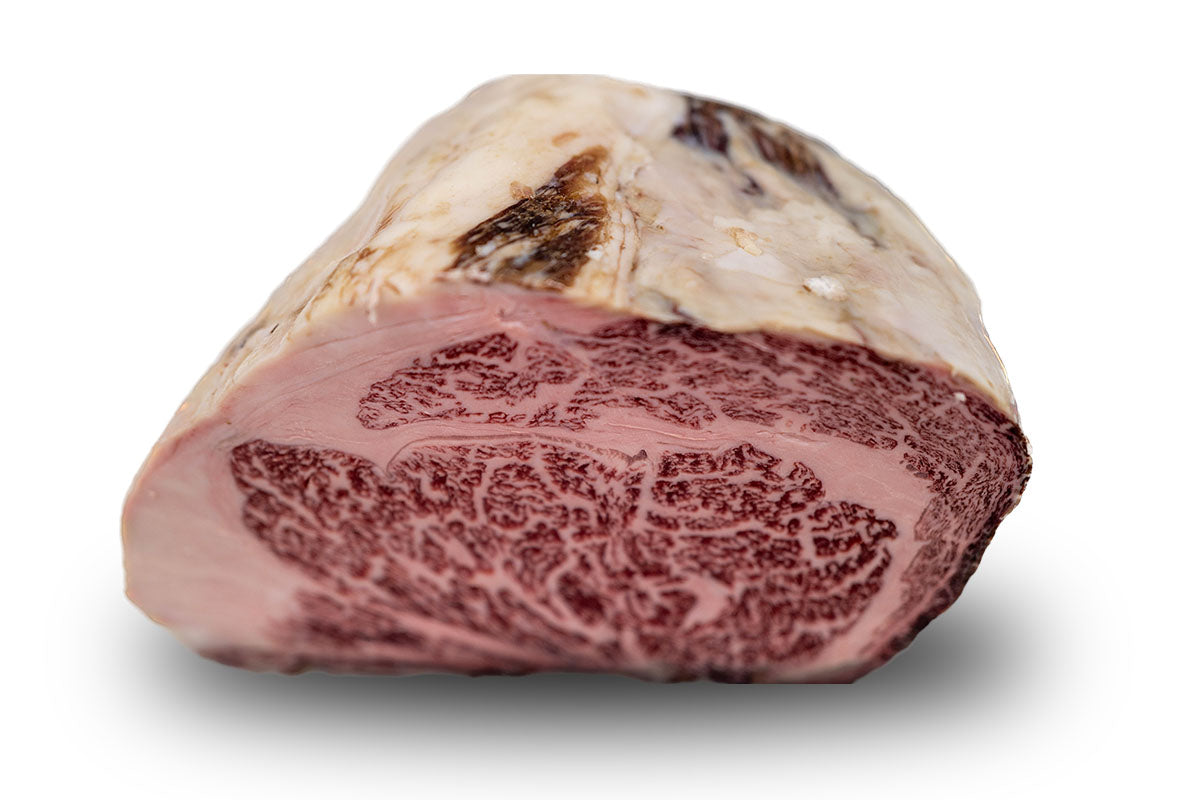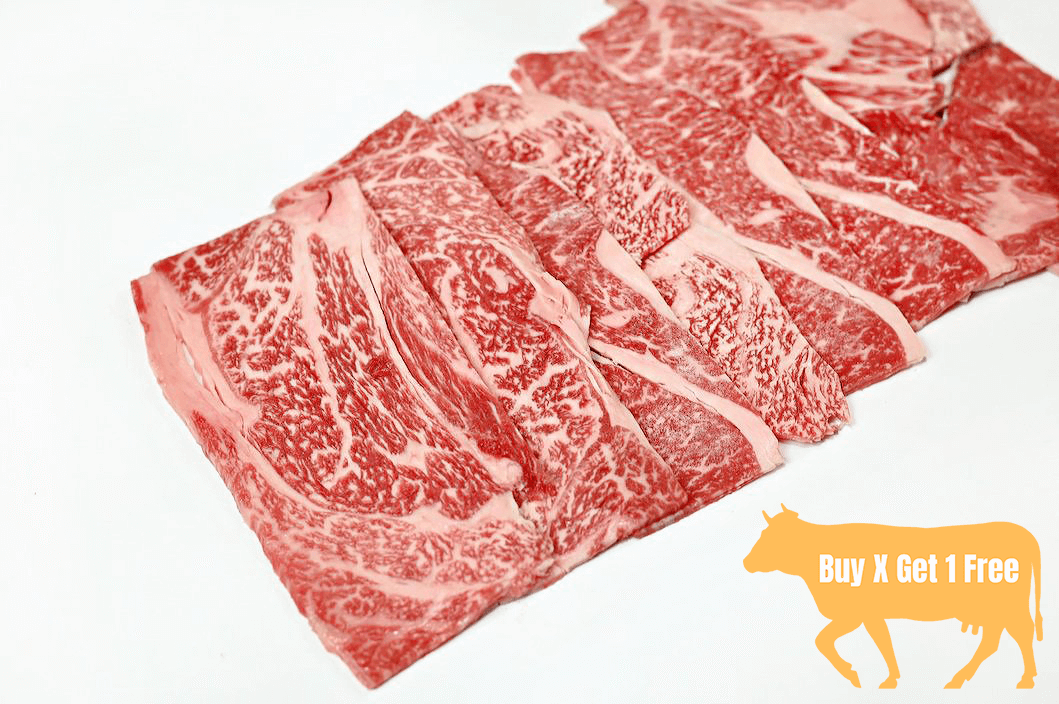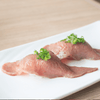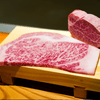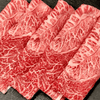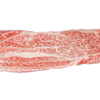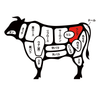All About Marbled Steak and Why Marbling Matters
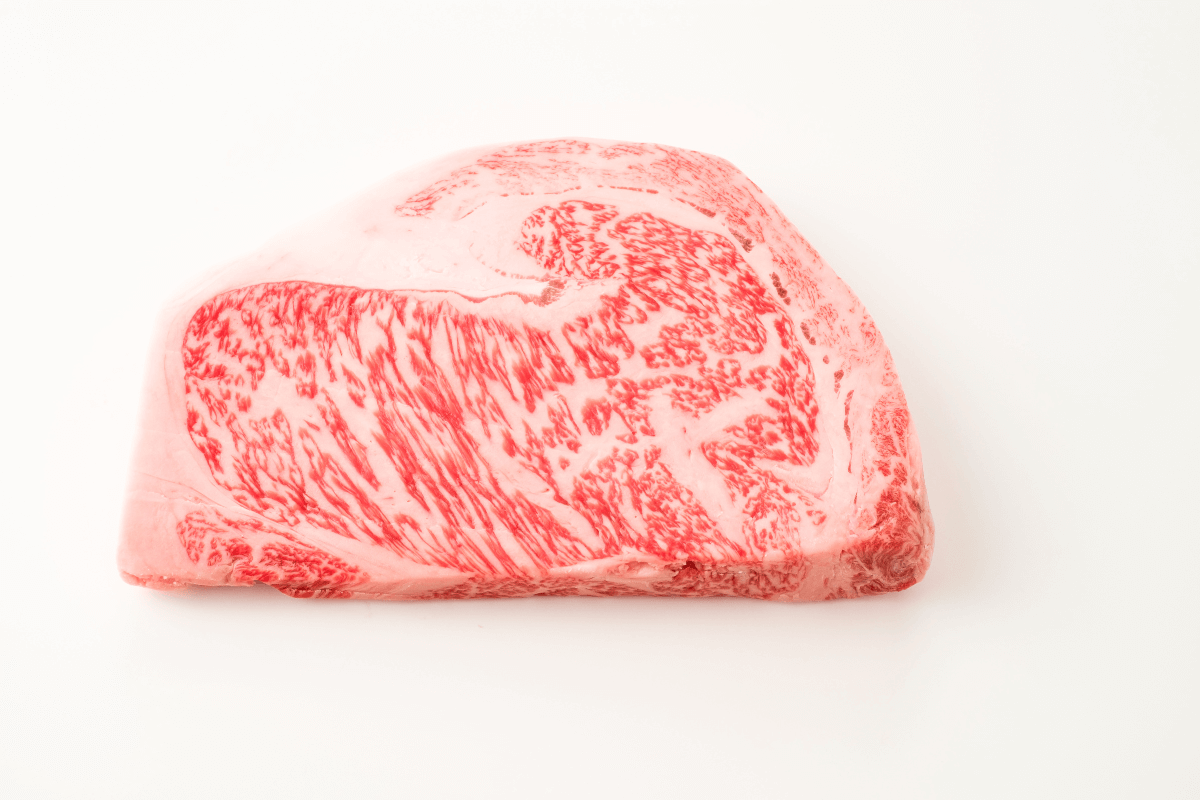
When we talk about steak, one of the first things we mention is marbling. Marbling is the streaks of fat that appear in the meat, and it’s often seen as a sign of quality. But what is it about marbling that makes it so important? Is it really a measure of quality, and if so, how does it affect the flavor and texture of steak?
In this article, we’ll take a closer look at marbling and why it matters when it comes to steak. We’ll examine how marbling affects the flavor and texture of steak, as well as how chefs use it to determine the quality of their steak. We’ll also discuss the different types of marbling and the best way to identify it when buying steak.
So, whether you’re a steak connoisseur or just starting out in the world of steak, this article will give you a better understanding of why marbling matters. Let's jump in.
What exactly is marbling?
Marbling in steaks is something that chefs and food enthusiasts alike get pretty excited about. Marbling is all about fat content and its distribution. When a steak has a large amount of fat, and it’s evenly distributed throughout the meat, it is referred to as marbling.
Good marbling is not only aesthetically pleasing, but it’s also a sign of a juicy, tender, and flavorful steak. The fat content and distribution help to keep the steak moist and bring out that delicious beefy flavor. The more marbling a steak has, the more flavor it will have, and it will be much more tender and juicy.
Why is marbling so important for great steaks?
Without marbling, your steak would be dry and lack flavor. With marbling, the steak is juicy and tender, and the fat adds a rich and savory flavor. Marbling also helps keep the steak from drying out during the cooking process. The fat helps to keep the juices inside the steak, so that it stays moist and tender. This also helps to keep the steak from getting tough during the cooking process, which is why it's so important when trying to cook the perfect steak. Lastly, good marbling also helps give the steak a nice, even char when it's cooked, which every chef knows is essential.
What does marbling do to steaks?
Good marbling in steak does a lot for the eating experience. When cooked over 130°F, the fat in the steak melts, releasing flavor and tenderizing the meat. The fat also helps to keep the steak juicy, so it doesn't dry out. Plus, the marbling adds a nice visual appeal, making it look even more delicious.
On the flip side, if steaks are cooked at rare or even blue rare levels, which are often below temperatures of 125°F, the fat in the steak doesn't actually melt. Many steak lovers out there feel this is a bit too rare and produces an unpleasant waxlike texture. This is one of the reasons most chefs recommend eating steak at medium rare levels (or above), as the temperatures completely melt the intramuscular fat, making a perfectly flavored steak.
How is marbling produced in cows?
When it comes to marbling, there are three key factors to consider: breed, feed, and cut.
Let’s start with the breed. Different breeds of cattle have varying levels of fat in their meat, which translates to marbling. The higher the fat content, the more marbling you’ll see! That's one of the reasons Japanese Wagyu beef is considered the best beef in the world, it's not a coincidence it has the highest marbling of all cattle.
Next up is the feed. Cattle need a healthy dose of fat and minerals in their diet to produce the best marbling. High-quality hay, grass, and grains are all key elements to ensure the best marbling. And if you want to steer clear of hormones, look for organic or grass-fed beef. Mixtures of corn are also known to help produce more marbling with a slightly sweeter taste, which is why you'll see it used in advertising around the US.
Finally, the cut. Different cuts of steak will have different levels of fat and marbling. The fatty cuts like ribeye and striploin will have more marbling than the leaner cuts like sirloin or flank steak. So be sure to choose the right cut for your meal.
The different grades of marbling in steak
The grade of marbled steak is determined by the United States Department of Agriculture (USDA). The grades are Prime, Choice, Select, and Standard.
Prime-grade marbled steak is the highest grade you can find for American-produced beef. It has the most marbling and is considered one of the most tender and flavorful cuts of steak. Standard is the lowest grade of marbled steak, but it still has some marbling and flavor.
How to tell which steaks have the best marbling
The USDA chooses which grade to give a steak by examining the ribeye muscle between the 12th and 13th ribs on each beef steer. Only the steaks with the best marbling get the USDA Prime certificate, with USDA Choice coming in second. If you're buying American steak, look for either of these labels.
When you’re shopping for steak, watch out for false labeling. There are some unscrupulous sellers out there who may try to pass off “Prime” without using the USDA label, or who may label their steaks with false terms like “premium”, “bred-to-be-the-best”, or other claims of being rated “in-house” without the USDA label.
Or if you truly want the best marbling in steak money can buy, you simply cannot go wrong with Wagyu A5 steak. In the Japanese system, this is the highest rated beef. And if it's the best Wagyu in Japan, it's simply the best steak in the world. Check out WagyuMan’s prices for authentic Japanese A5 Wagyu here and get it delivered directly to your home!

